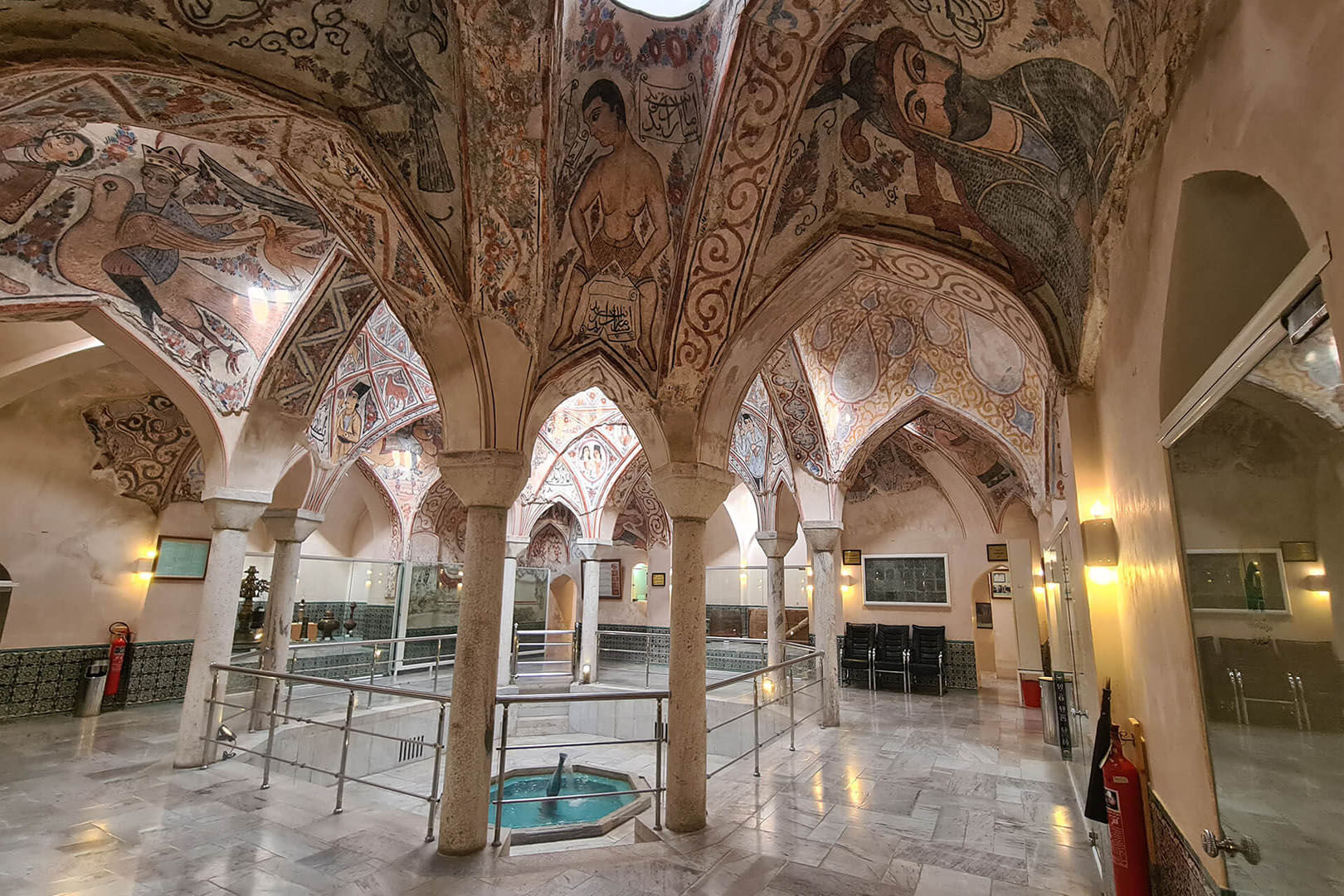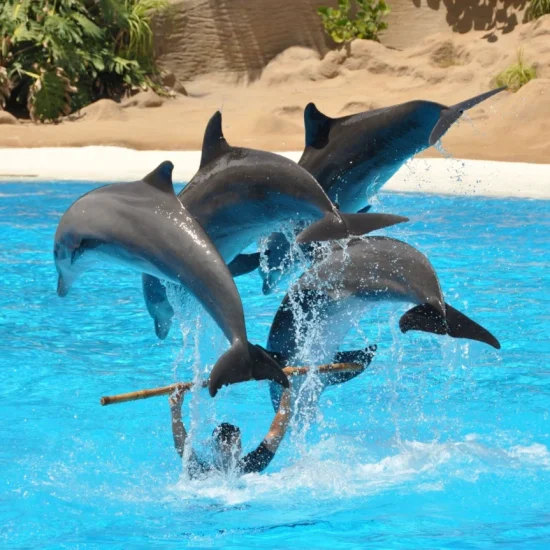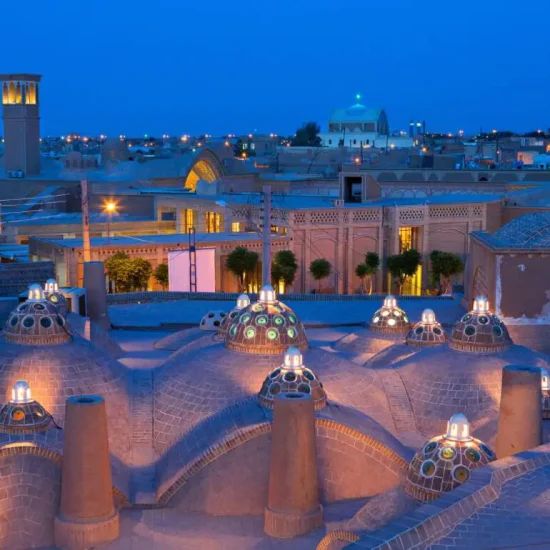
Mehdi Qoli Beyk Bathhouse | Anthropology Museum of Mashhad
The Mehdi Qoli Beyk Bathhouse is one of the most fascinating historical monuments in Mashhad, Iran. Today, this beautifully restored structure serves as the Anthropology Museum of Mashhad, offering insight into the traditional lifestyle, clothing, customs, and ceremonies of the people of Khorasan throughout history.
Originally built in the Safavid era, this bathhouse is a remarkable example of Persian public bath architecture, transformed into a cultural museum that attracts both local and international visitors.
Historical Background
- Built by: Mehdi Qoli Beyk, one of the Safavid dignitaries
- Period: Late 16th century (circa 1648 AD)
- Location: Near Imam Reza Shrine, central Mashhad
- Architecture: Traditional Iranian bath with domes, tilework, stucco, and sunken halls
The bathhouse was originally used for ritual and everyday washing, and later repurposed as a museum after full restoration.
Museum Features
Inside the museum, visitors can explore several sections representing:
- Traditional bathhouse functions (hot room, cold room, dressing areas)
- Anthropological exhibits including traditional clothes, marriage rituals, and local handicrafts
- Wax figures depicting scenes from daily life in old Mashhad
- Artifacts from rural and urban Khorasan
- Lighting and sound effects that simulate the original atmosphere of the hammam
Why Visit?
Convenient location near Imam Reza Holy Shrine
Learn about Persian bathhouse culture
Explore Mashhad’s social and cultural history
Marvel at Safavid-era architecture and fine interior details


